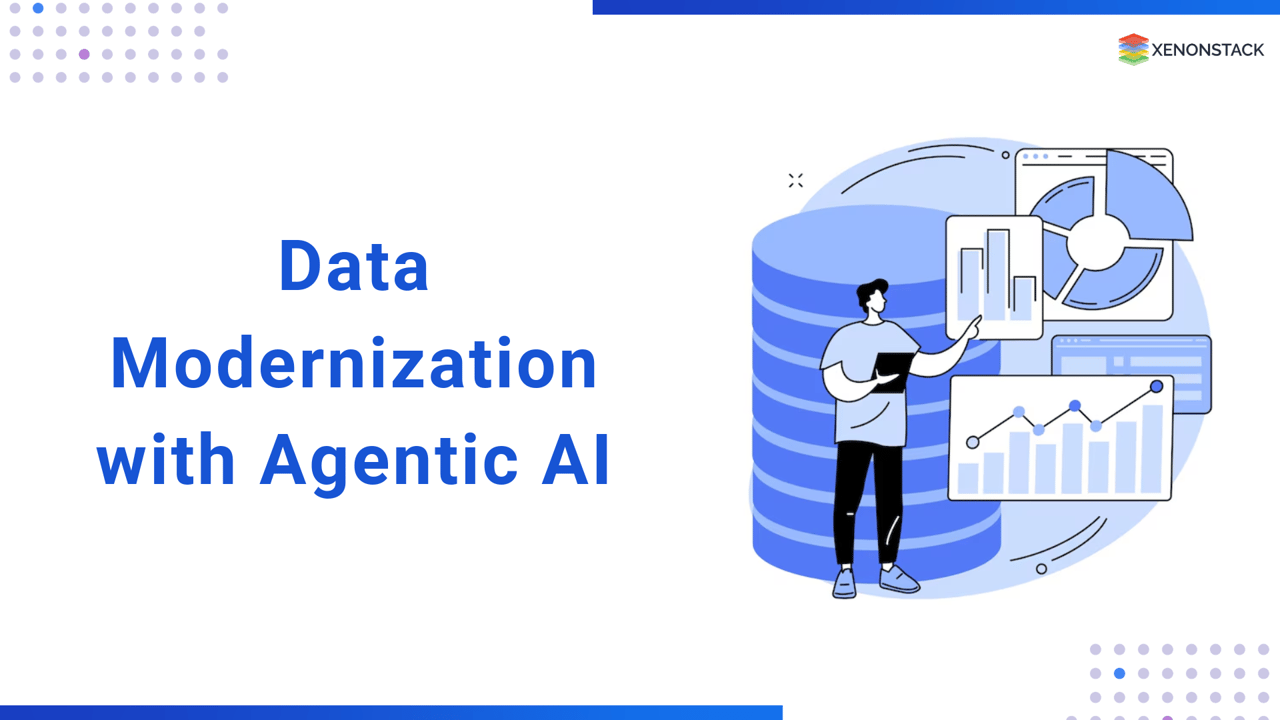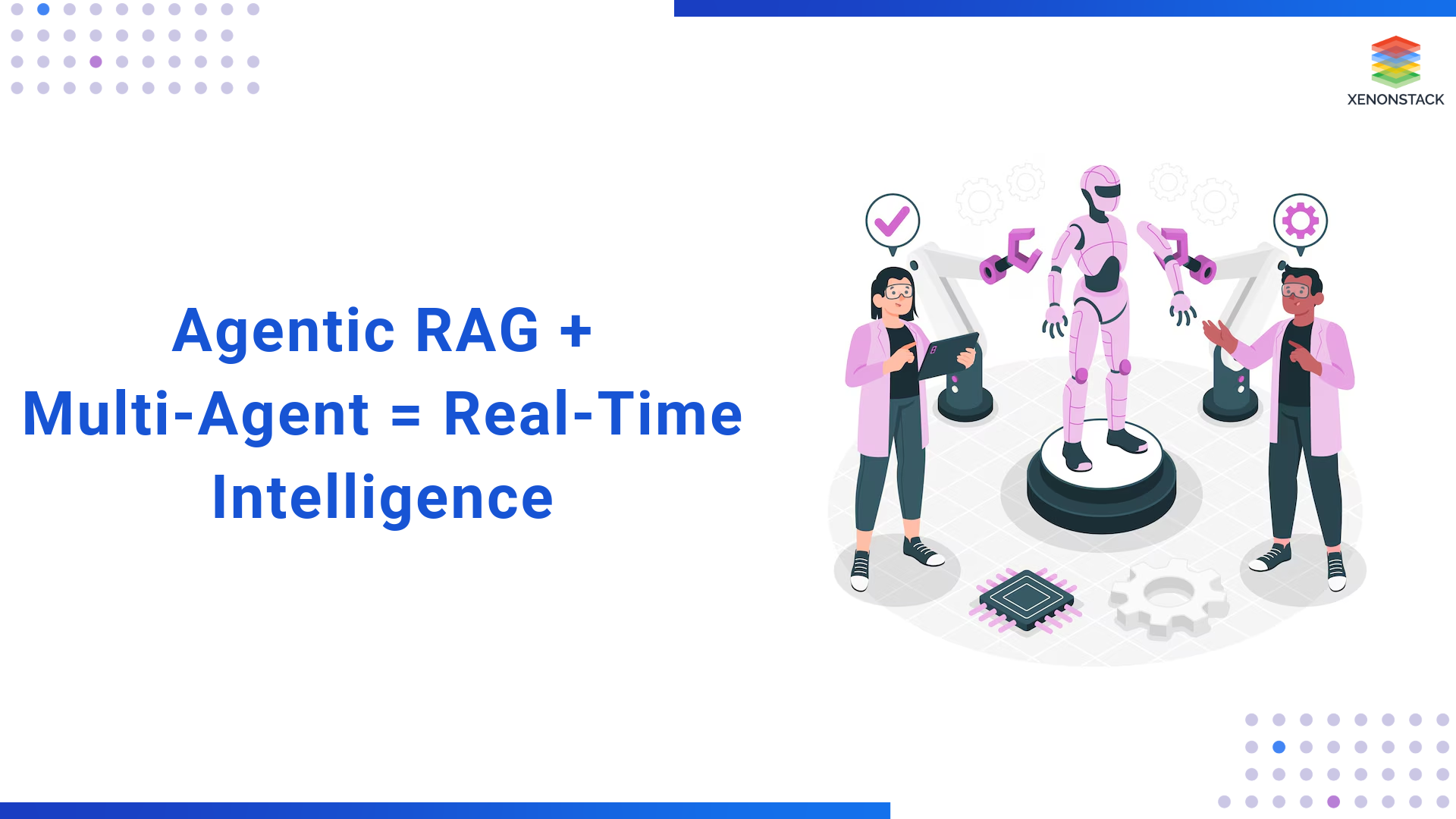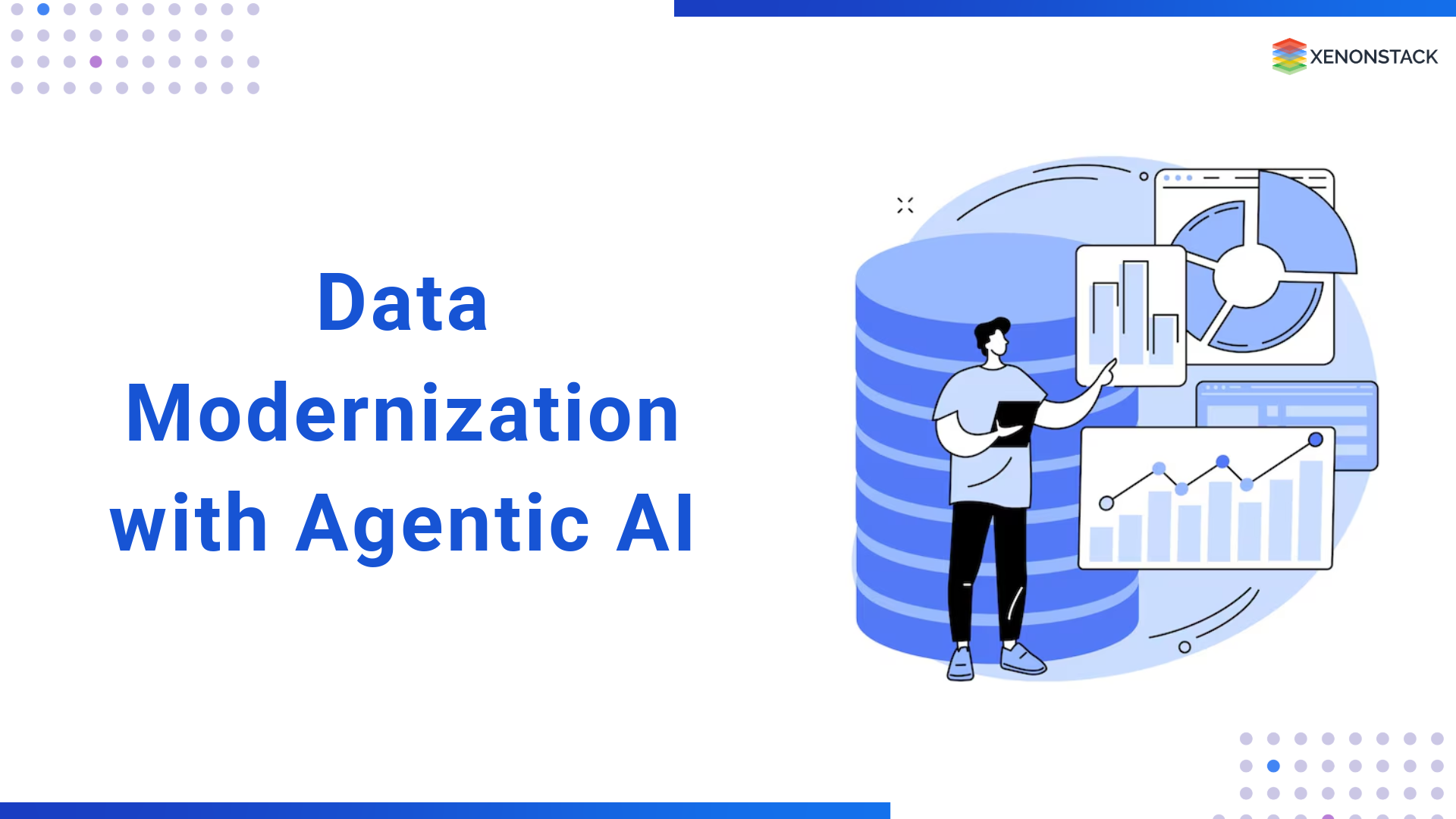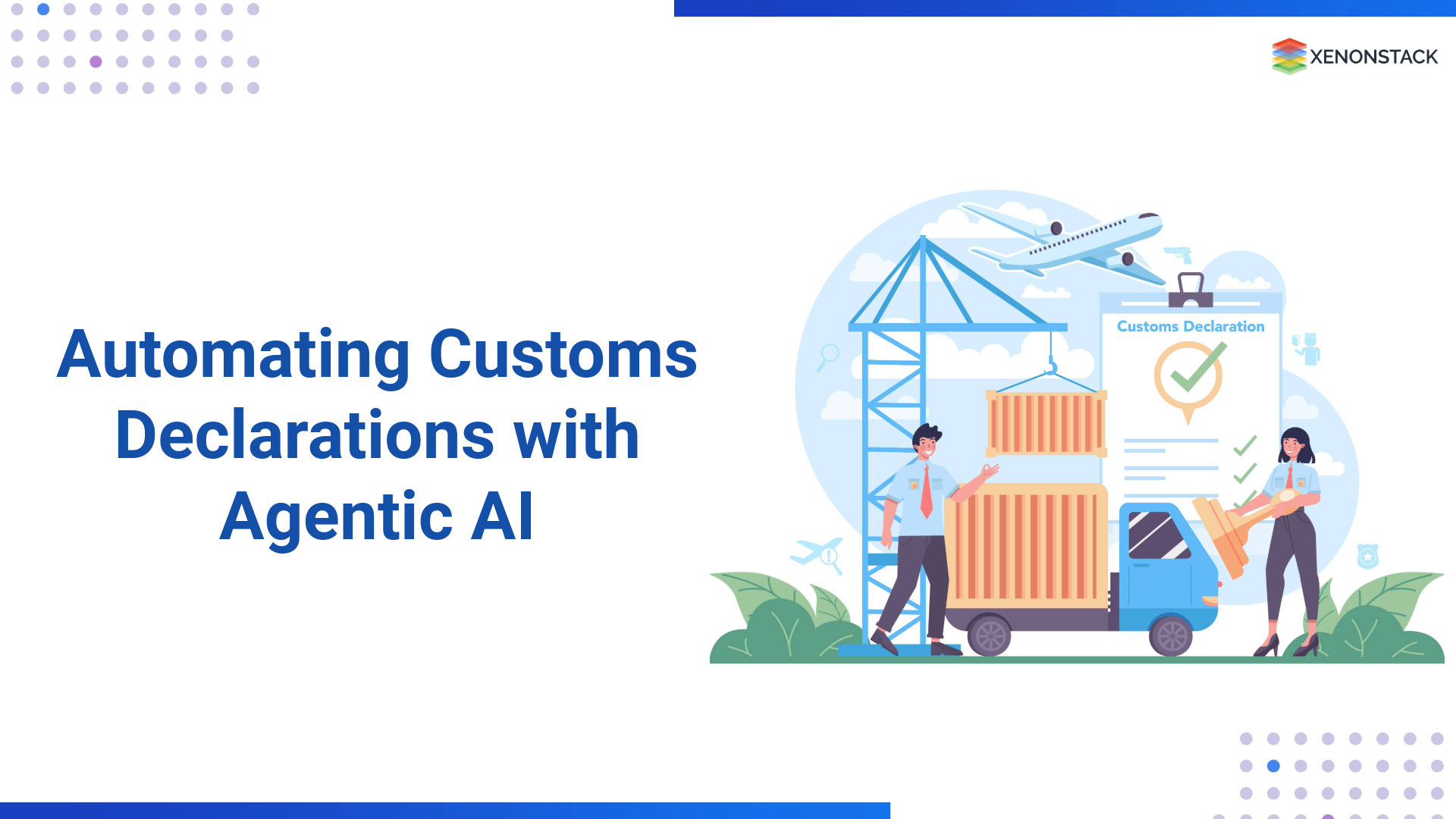
Technical Benefits
The technical transformation was equally significant:
-
System Integration: All 60+ source systems successfully connected through autonomous agents without manual ETL coding
-
Pipeline Reliability: ETL failures reduced by 98%, with remaining issues automatically resolved without human intervention
-
Governance Coverage: Automated classification and policy enforcement expanded from 38% to 100% of data assets
-
Performance Improvement: Query response times improved by 82%, with consistent SLA adherence even during peak periods
-
Scalability: System automatically scaled to handle 3x data volume during acquisition without performance degradation
-
Technical Debt Reduction: Legacy point-to-point integrations eliminated and replaced with flexible, agent-managed interfaces
-
Cloud Optimization: Infrastructure costs reduced by 40% through intelligent resource allocation and workload optimization
-
Modernization Acceleration: Data modernization timeline compressed from initial 36-month estimate to actual 12-week implementation
Lessons Learned
Challenges Overcome
The implementation encountered and successfully addressed several significant challenges:
-
Legacy System Complexities: Many source systems lacked documentation or APIs, requiring innovative techniques for data extraction and schema inference
-
Initial Trust Barriers: Business stakeholders initially hesitated to trust autonomous agents for sensitive functions, requiring phased implementation with extensive validation
-
Compliance Validation: Regulatory teams needed convincing evidence of governance effectiveness, addressed through comprehensive audit trails and explainability features
-
Knowledge Transfer: Existing staff required significant upskilling to manage the new agent-based architecture, addressed through embedded training and pair programming
-
Performance Tuning: Initial agent interactions created network bottlenecks, resolved through optimized communication protocols and prioritization mechanisms
-
Integration Sequencing: Complex dependencies between systems required careful orchestration of the migration sequence to maintain business continuity
Best Practices Identified
The implementation yielded valuable best practices for future deployments:
-
Business-First Prioritization: Starting with high-impact, compliance-critical data domains, delivered early wins and built stakeholder confidence
-
Incremental Agent Deployment: Introducing agents by function rather than all at once allowed for focused validation and progressive trust building
-
Governance by Design: Implementing policy enforcement agents first established a secure foundation for all subsequent data activities.
-
Hybrid Team Structure: Combining customer domain experts with technical specialists created optimal knowledge transfer and solution alignment
-
Continuous Feedback Loops: Establishing mechanisms for business users to provide direct feedback to agents accelerated learning and relevance
-
Transparent Intelligence: Making agent decision processes explainable increases user trust and adoption
-
Measured Autonomy: Implementing progressive levels of agent autonomy based on validated performance, built confidence in the system.
Future Plans
Building on the success of the initial implementation, the financial institution has established an ambitious roadmap:
Near-Term Expansion
-
Extending agent capabilities to wealth management product recommendations using customer behavioural data
-
Implementing advanced fraud detection agents with real-time transaction monitoring
-
Deploying specialized regulatory agents for emerging ESG compliance requirements
-
Expanding natural language capabilities to include voice interfaces for executives
Strategic Initiatives
-
Creating synthetic data agents for privacy-preserving experimentation and testing
-
Implementing predictive risk assessment through cross-domain data analysis
-
Developing client-facing AI advisors powered by the unified data foundation
-
Establishing an internal agent marketplace for business-unit-specific capabilities
-
Expanding the solution to newly acquired subsidiaries with accelerated onboarding
The firm's CIO summarised the transformation as follows: "What began as a data modernization initiative has evolved into a fundamental reimagining of how we operate as a business. The agent-based approach has not only solved our immediate data challenges but has also created new possibilities for innovation and customer engagement that we hadn't previously considered possible."
.webp?width=1921&height=622&name=usecase-banner%20(1).webp)
 Figure 1: Data Modernization with Agentic AI
Figure 1: Data Modernization with Agentic AI




